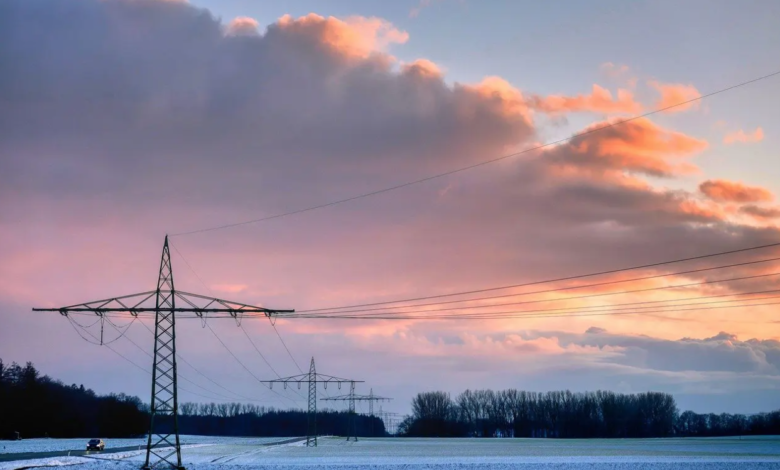IEA: in 2026 almost half of global electricity production will be low-carbon

Published Electricity 2024, annual analysis of developments and policies of the electricity market
Over the next three years, the electricity demand will grow rapidly in the world, mainly thanks to the boost of Chinese, Indian and Southeast Asian consumption. But just as quickly you will be satisfied by clean resources. So much so that by 2026 almost half of global electricity production will rely only on low carbon or low emission sources, a label that combines renewables with nuclear.
The short-term forecast comes from Electricity 2024, the latest edition of the International Energy Agency’s (IEA) Annual Analysis of the developments and policies of the electricity market. The document investigates consumption, supply and CO2 emissions of the sector in the short term, revealing a precise trend: the role of fossil fuels in providing energy to homes and businesses is in decline. “This is largely due to the huge boost of renewable energy, with solar energy increasingly economic in the lead, and the support resulting from the important return of nuclear energy, whose production is expected to reach an all-time high by 2025″, explained IEA Executive Director, Fatih Birol.
How world electricity production is changing
In detail, Electricity 2024 predicts that RES will offer more than a third (37%) of world electricity production by the beginning of 2025, definitively surpassing coal. By the same year, the Agency stresses, nuclear production should also grow. The increase is supported by France with the completion of maintenance work, by Japan preparing to reactivate several plants closed in the aftermath of the Fukushima disaster and by new reactors programmed in China, India, South Korea. At the same time, natural gas-fired electricity generation will increase but at lower rates. The boost will come in this case from Asia, the Middle East and Africa, in a context of increasing energy needs and greater availability of liquefied natural gas (LNG) from 2025 onwards.
Overall, however, the fossil share in the global production mix will decrease from the current 61% to 54% in 2026, a value not seen since the 1970s.
CO2 emissions and electricity prices
What does this change in world electricity production mean in terms of emissions? That CO2 should take a downward trend after the 2023 increase (+1%). In detail, the International Energy Agency estimates that global carbon emissions from electricity generation will decrease by 2.4% in 2024, with small cuts also in 2025 and 2026.
Keep an eye on the chapter on energy prices. In 2023 they were generally lower than in 2022. However, the trend varies widely from one region to another, affecting the economic competitiveness of countries. Wholesale electricity prices in Europe fell by more than 50% on average last year, after record levels in 2022, but are still doubling pre-Covid prices. The document highlights that also in the United States 2023 electricity prices were about 15% higher than in 2019. “Electricity demand in the European Union fell for the second consecutive year in 2023. “The return to pre-global energy crisis levels is not expected to happen before 2026”.





